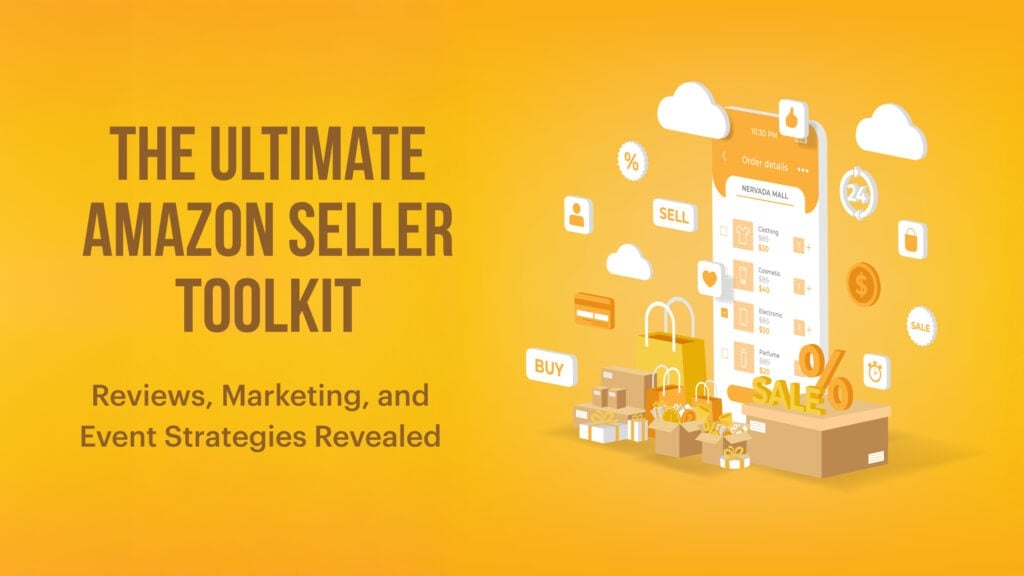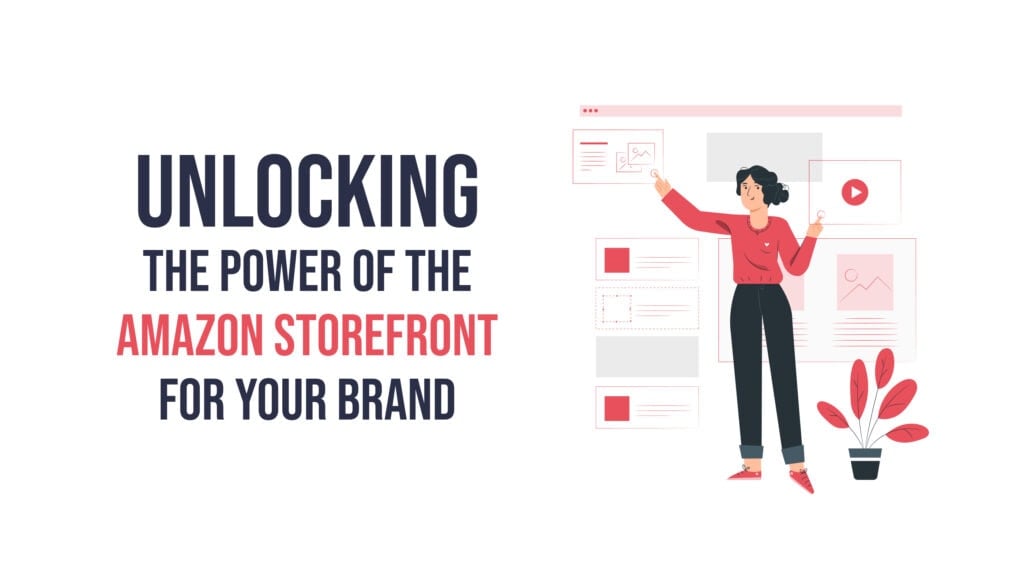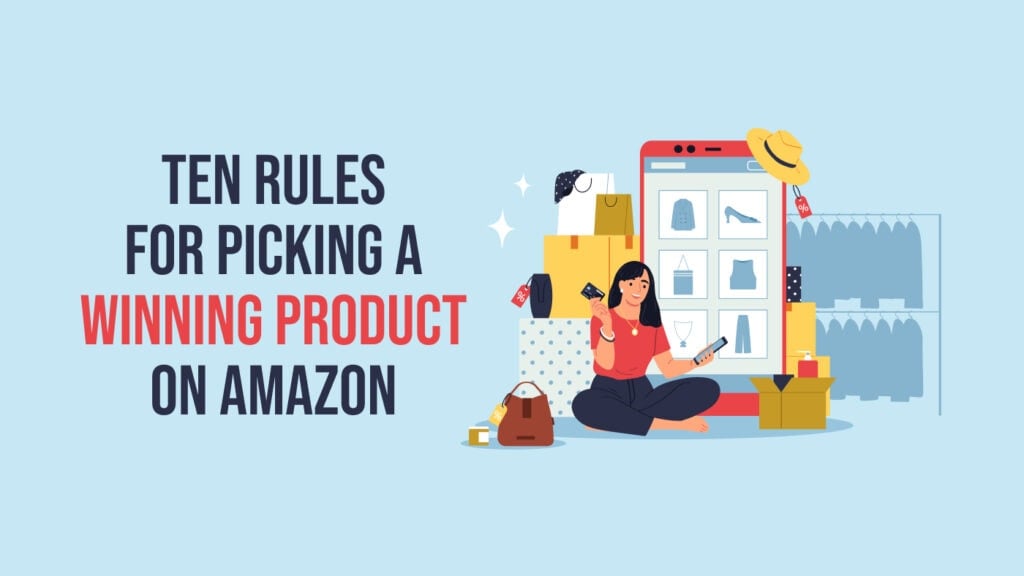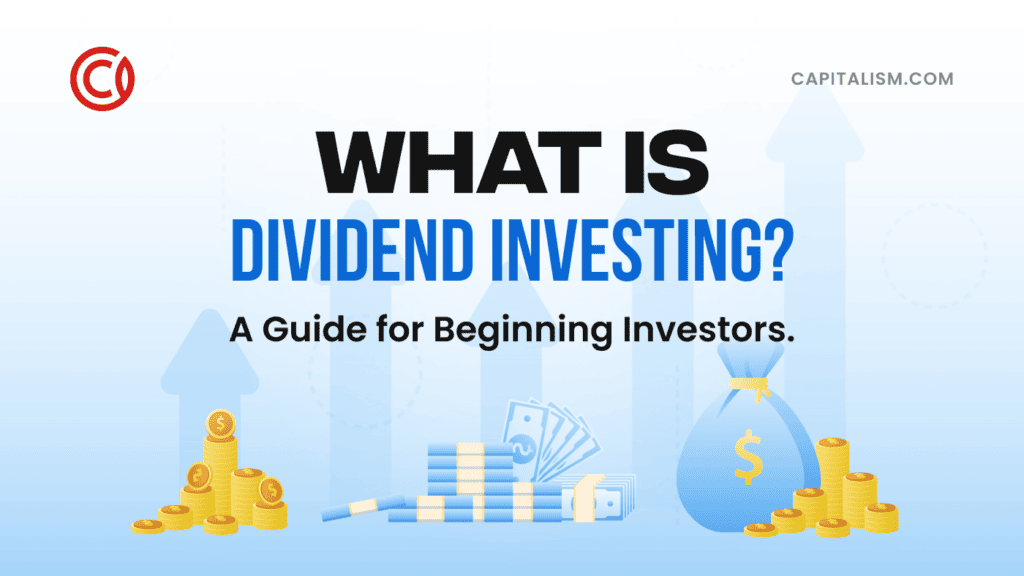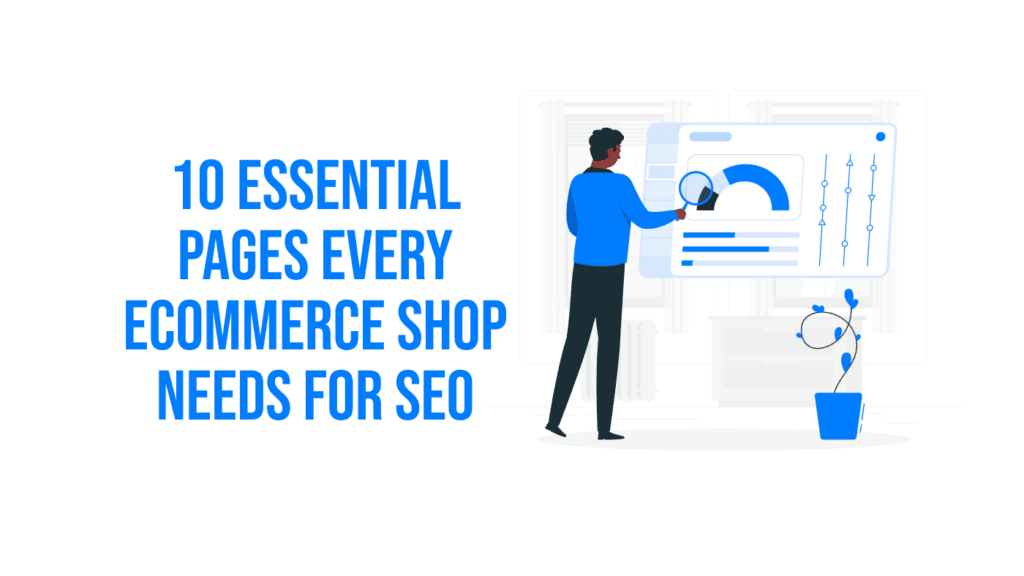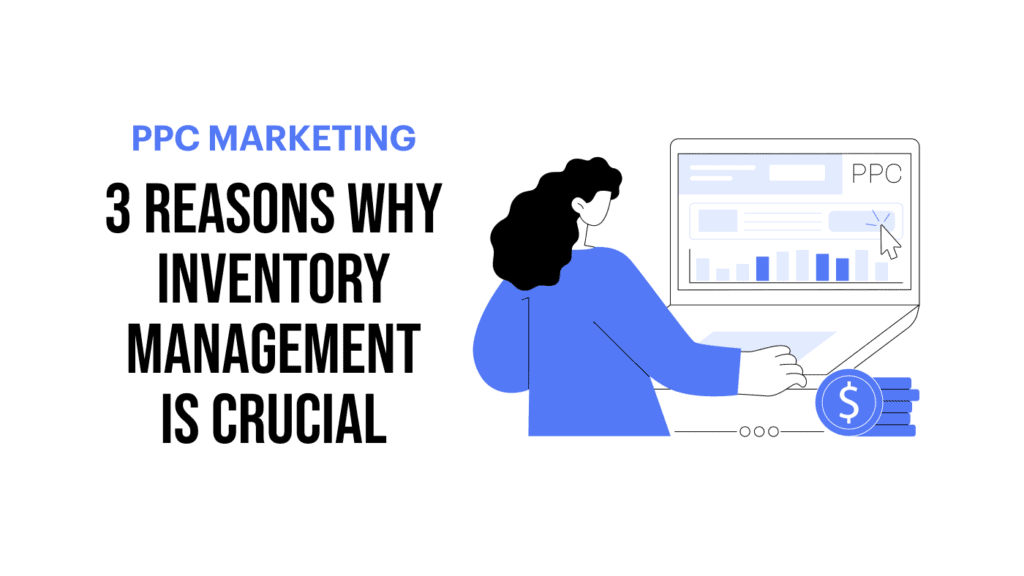On January 29, 2021, after 70 years of being a titan of toy retail, Toys “R” Us closed up shop for good.
The announcement follows its filing for bankruptcy six months ago. The chain had struggled to pay down its $5 billion debt following a leveraged buyout in 2005. This was the first nail in its coffin. But clearly, the retailer was facing a fatal double whammy.
As I see it, it wasn’t just the debt that took down the once iconic brand. It was the company’s failure to embrace community in the age of ecommerce.
Failure to embrace community is a common ailment for many of today’s traditional bullheaded organizations. And it is one which they must face head on and remedy. For I predict that brands that fail to build stronger local communities and forego instilling a sense of purpose in their frontline employees will go the way of Toys “R” Us.
At Harvard’s commencement this past year, Facebook founder Mark Zuckerberg described how important it is for today’s leaders to focus on community-building and purpose.
“In our generation, the struggle of whether we connect more, whether we achieve our biggest opportunities, comes down to this — your ability to build communities and create a world where every single person has a sense of purpose,” he said.
Sadly, I believe Toys “R” Us leadership missed its single biggest opportunity when it allowed its employees to abandon their purpose years ago.
Small business owners in America’s toy and game industry today foster customer-centricity for their employees by encouraging them to host local community events. This creates a no-pressure sales environment for potential customers to evaluate a future purchase.
Small local shops employ passionate team members who freely offer advice to parents and kids, sharing stories from other customers that relate to the stories of the parents making a buying decision.
In contrast, in my view, Toys "R" Us’s frontline employees were tasked solely with the purpose of selling more products without allowing for time to open a toy or game and play through it with a customer.
Building Communities: the Requirements
Growing beyond customer-centric marketing to build communities through engagement requires three things:
1) Transparency
2) Accountability
3) Accessibility
And purpose-driven capitalism embraces customer-centric marketing, with three intertwined goals:
1) Give reliable advice to solve a problem and make buying fun
2) Relate your brand’s story to your customer’s story
3) Share your brand’s beliefs so people know what you and your team stand for
Toys “R” Us had a remarkable opportunity to restructure following bankruptcy, yet it wasted time on cost cutting, rather than building stronger community interactions through store-hosted game nights and other events. Locally owned stores do these sorts of events all the time, and with much smaller wallets.
In 2018 and beyond, social interaction drives commerce; the words “brand” and “community” will remain interchangeable in years to come. Community events are capable of driving massive foot traffic into retail stores. From my experience of attending many of these events, I’ve found that typically business owners see triple that of the number of folks who pledge to attend on the Facebook events platform.
Furthermore, organizations using mobile brand displays as the centerpiece of a community event are able to rapidly attract new consumers who would never have heard of them or considered visiting their store.
Building Brand Trust and Loyalty
A perfect example of a brand that gets it today is Lululemon. I attended one of their events last fall. For Lululemon's ideal consumer, a community event represents their first chance to try on Lululemon apparel and wear it in the treadmill truck as they take a virtual run through New York City. I saw many smiling happily, as they walked away with $150+ worth of new workout attire as a promotional gift. This builds trust and brand loyalty from the very first interaction.
Reaching out into local communities by hosting or sponsoring free public events is an excellent way of building and strengthening relationships with both potential and existing customers. But this path is only as good as the next touchpoint on the customer journey. Incentivizing someone to visit your retail store requires that their next interaction return to the three steps we mentioned earlier, offering reliable advice, a relatable story, and clearly communicated beliefs about what the brand stands for.
Purpose AND Community
Offering purpose alone for a brand today will not compensate for the equally important aspect of building community, per Zuckerberg’s earlier advice.
Consumers today are willing to pay more for, and invest in, trusted community relationships, where they receive better service and know they are going to be taken care of during their time of need. Brands that recognize this will continue to thrive locally in 2018 and beyond. It's likely one of the reasons why Elon Musk offered to rewire Puerto Rico on solar power. This allowed community support to dictate consumer confidence and loyalty in buying his brand, earning him massive free press coverage in the process.
Facebook has noticed this trend, offering event marketing tools at no additional cost to offer brands the ability to influence long-term customer loyalty. (While, unlike traditional pay-per-click ad campaigns, offering community wide exposure to fans for merely the cost of hosting an event rather than an ad campaign.)
Brands, especially those primarily selling through brick-and-mortar locations, have no excuse not to create high-impact community experience strategies. Community events offer recurring opportunities for consumers to develop brand loyalty as they decide where to spend their dollars, driving repeat revenue for the brands they love.
Simply lowering prices and relying on the internet cannot replace human handshakes and eye contact found at community events worldwide. This is why savvy leaders in organizations of all sizes are now focused on purpose-driven capitalism and community building through local events.
Frost Fassett lives the mantra of “Go one new place, meet one new person, learn one new thing, every single day,” and spent the entirety of 2017 searching through over 35,000 community events on Facebook, choosing to attend one each day while interviewing hosts of 365 community events across the globe. Frost’s footage is being slowly released under the DICE: Daily Inspiring Community Event project; he is writing a book about rapid community event creation, and offers consulting to organizations on designing and hosting community events to build stronger long-term customer relationships.
For DICE: Daily Inspiring Community Event interviews, go here: http://dice.events/
A year-end recap of DICE footage, including Zuckerberg’s comments, can be watched below:
MORE ARTICLES ON CAPITALISM.COM:
• Business Hitting a Wall? This Is How You Break Through
• How to Build a World-Class Order Fulfillment Process
• How a Broken Washing Machine Made Me Unstoppable in Business


